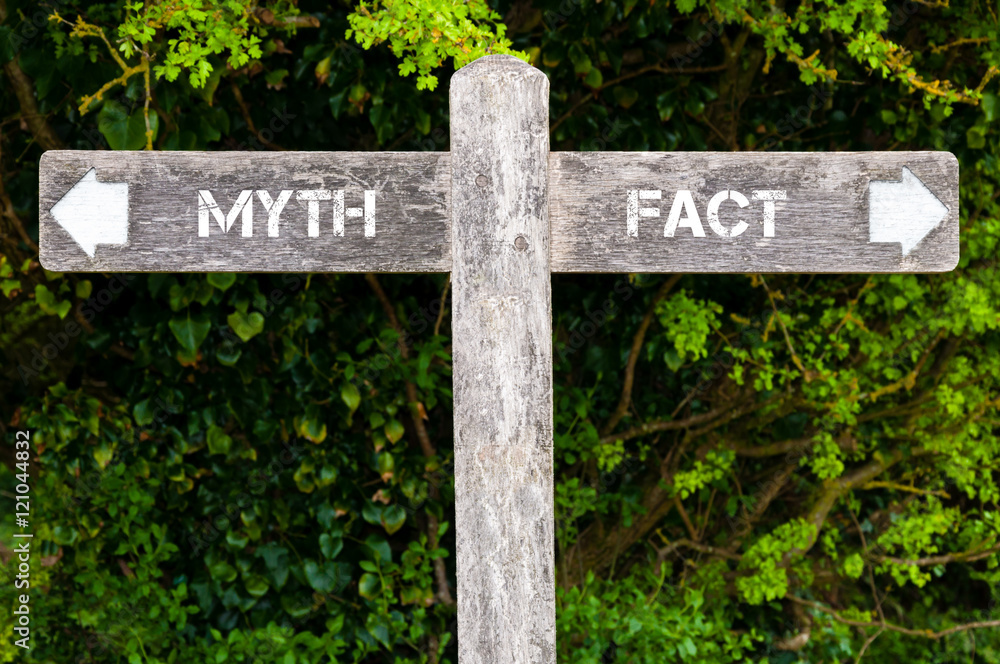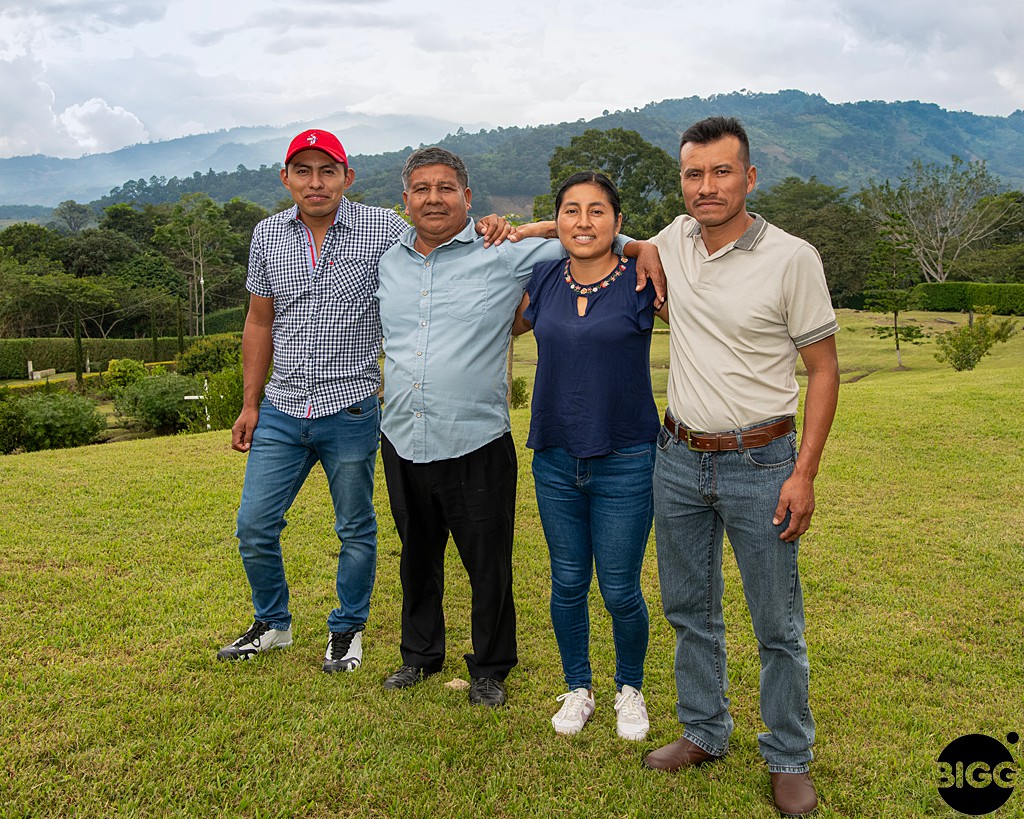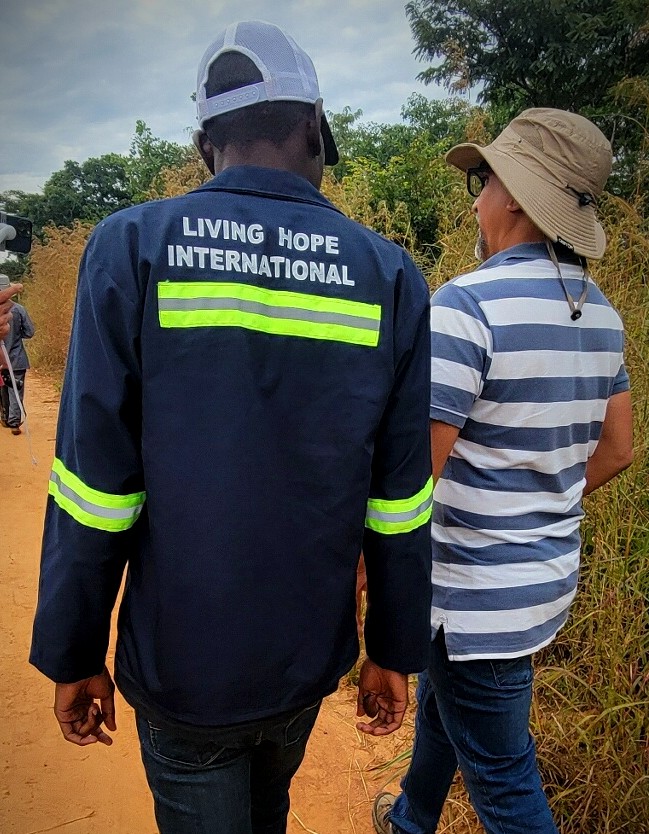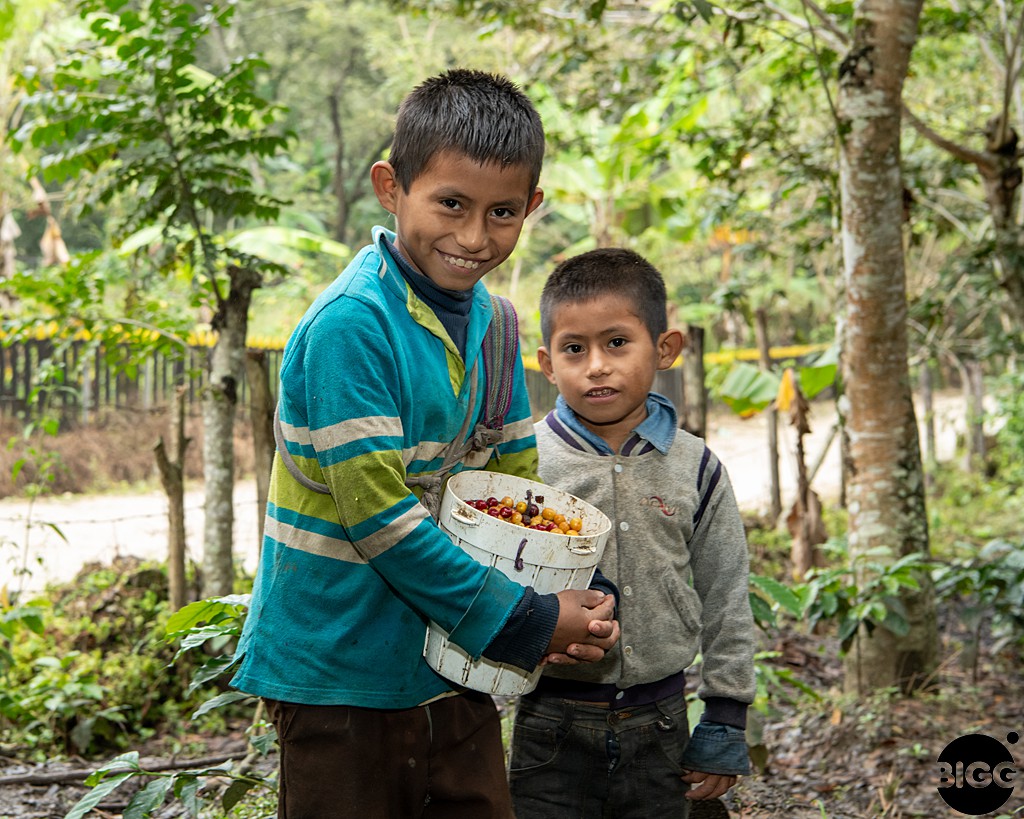By Bob Fish
1. When coffee commodity prices go up, the coffee farmer makes more money.
This is rarely true for a small coffee grower. Usually, the higher prices are taken by the wet-miller, dry-miller, and exporter from the coffee producing county. Small producers lack access and visibility into the global marketplace and must rely on domestic coffee processors to sell their coffee to ‘coffee consuming’ nations. There are old colonial structures in place whereby the farmer may be getting high interest loans from the processor and are forced to sell their coffee at predetermined below market rates. My friend Martin Mayorga of Mayorga Coffee does a great job of explaining the continued exploitation of the small coffee farmer. Because of this we dismiss the C-contract pricing with differentials and work on the ‘Gate-Price’ with the farmer-producer themselves.
2. Buying coffee at the grocery store with the labels ‘USDA Organic’ or ‘Fair Trade’ is a great way to ensure the quality of your coffee.
This is never true. Neither ‘USDA Organic’ nor ‘Fair Trade’ are an indicator of the quality of a coffee. ‘USDA’ Organic is an environmental statement that generally suggests that no petro-chemicals have been used in farming the coffee. “Fair Trade’ is a social effort that generally indicates that the coffee farmer and their workers have been fairly compensated for their coffee crop. But what they never do is indicate the Q-Grade or taste quality of that coffee in a cup. So, you can pacify your need to ensure your support of the environment and social responsibility, but a note of caution, even those labels may not be what they seem. We have been to coffee farms and we have discovered a complicated and deceptive truth about those labels. This is why we are always ‘boots on the ground’ and spend significant time with each coffee farm and farmer understanding and observing their practices with our own eyes.
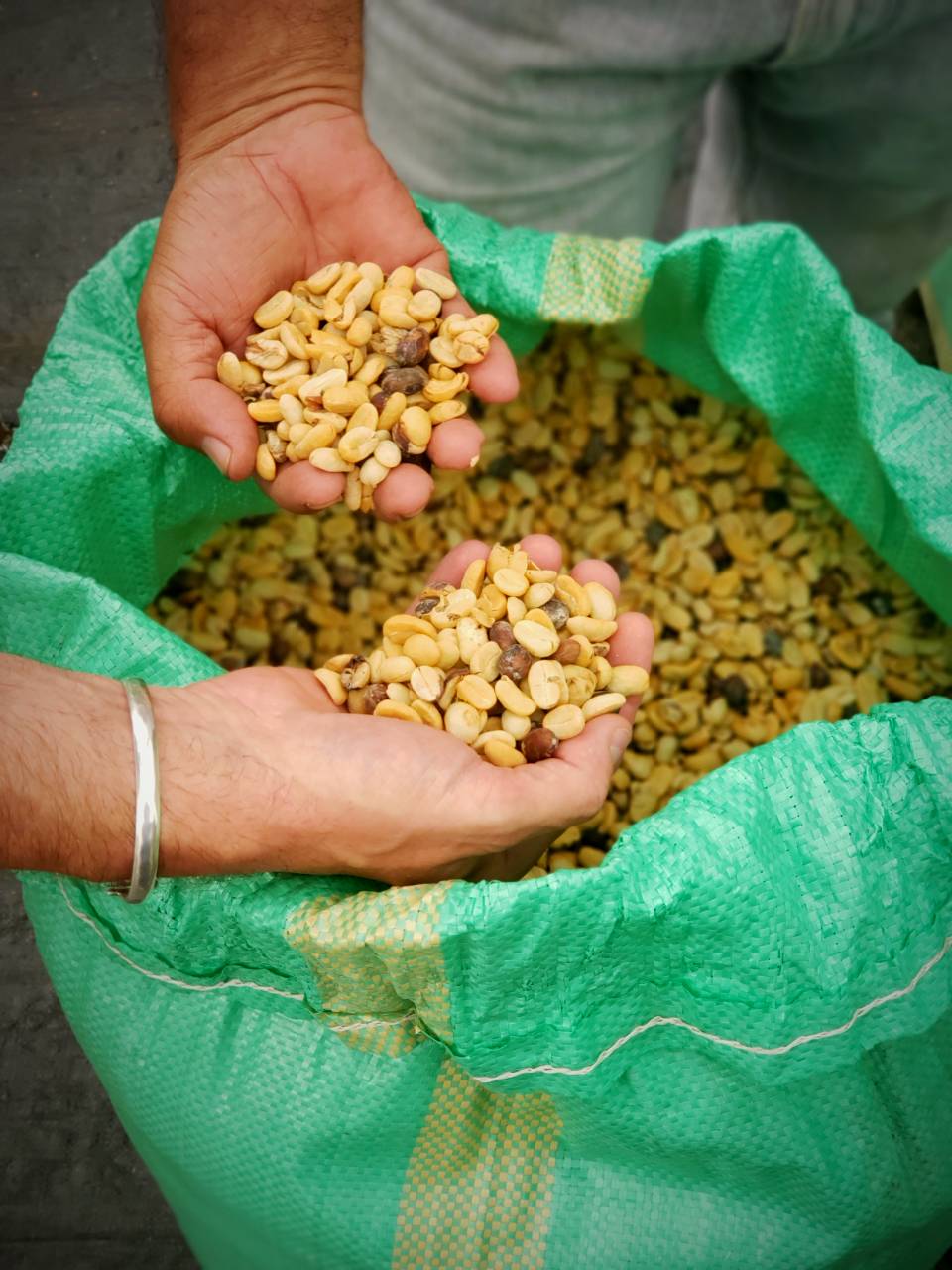
3. Buying coffee that is ‘direct-trade’ indicates that there is a personal engagement by a roaster or retailer into that coffee farm and farmer.
Not really. I wish it was so, but too many times that relationship to the coffee farmer is through a broker, and it is the broker that has the relationship with the farmer. The roaster or retailer relies on the story and relationship developed and created by that broker and may have scant contact with the farm or farmer. Oh, yes you will see plenty of pictures in the coffee brochure about the farm. But not because the roaster or retailer has been there, met the people, walked the farm, or understood their vision. In their defense, occasionally a trip will be arranged, and the roaster or retailer will take pictures and grab stories to tell. We call that farm-porn, and the virtual stealing of a farmer’s identity to give an impression of involvement.
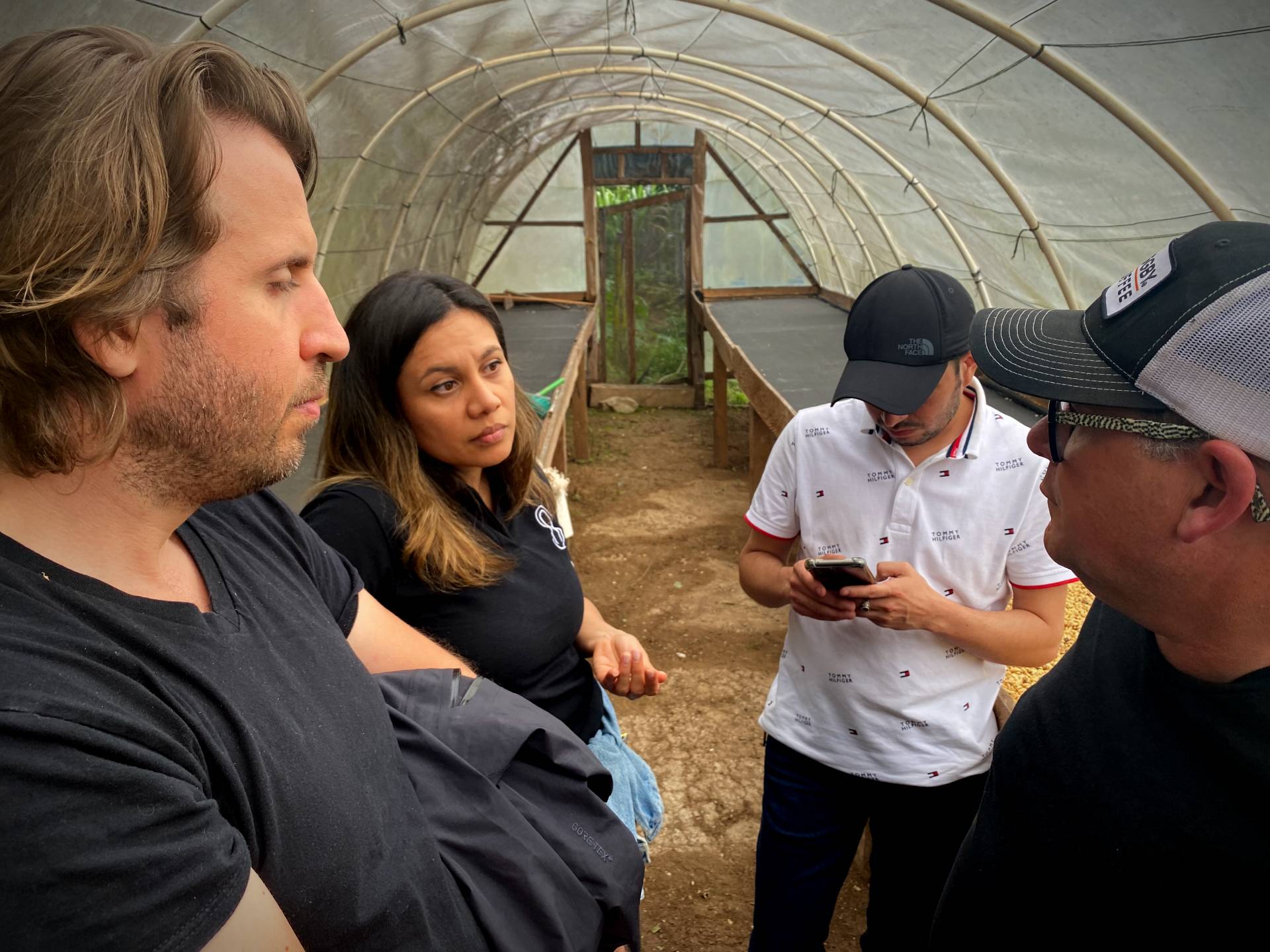
We take farm visits (Farm-Direct) seriously and are looking to not only verify that the farmers are treating their people and the planet right but are investing in their community. We are looking to support the vision of the farm and are looking to build a lifetime relationship of mutual economic benefit. Regular visits are made to the farm to listen, learn, and grow trust. But maybe more importantly we also employ what we call Full-Circle, where we bring the Farmer to visit us as well, so they can take pictures and evaluate us, and maybe more importantly can see where their coffee goes and the happiness it provides others. Full-Circle negates the one-way transactional buying component of coffee buying and accentuates mutuality, equity, and dignity.
4. A coffee farmer can make a good living relative to their own country’s standard of living.
Not even close. Economic sustainability for the coffee farmer is one of the great stresses to the global coffee supply. 60% of global coffee production that fills our grocery stores comes from family coffee farms that are 12 acres or less. The average gross earnings for a small 12-acre coffee farmer in a country like Honduras would be $3,968.00, and the living wage for a rural Honduran to live a basic and decent living is about $3,324/year.
On initial inspection it looks like the farmer is doing well, but we must remember that those earnings do not account for any farming input costs. When all is said and done the farmer is usually only earning 60% of that living wage.
Typically, a small coffee farmer is closer to poverty than not. No wonder coffee farmers are abandoning their farms for jobs in the city. That is why we focus on the economic sustainability of the coffee farmer. Ensuring a net profit that exceeds their living wage by removing the steps in coffee processing and exporting that do not add value to the product and push that differential of savings back to the farmer.

